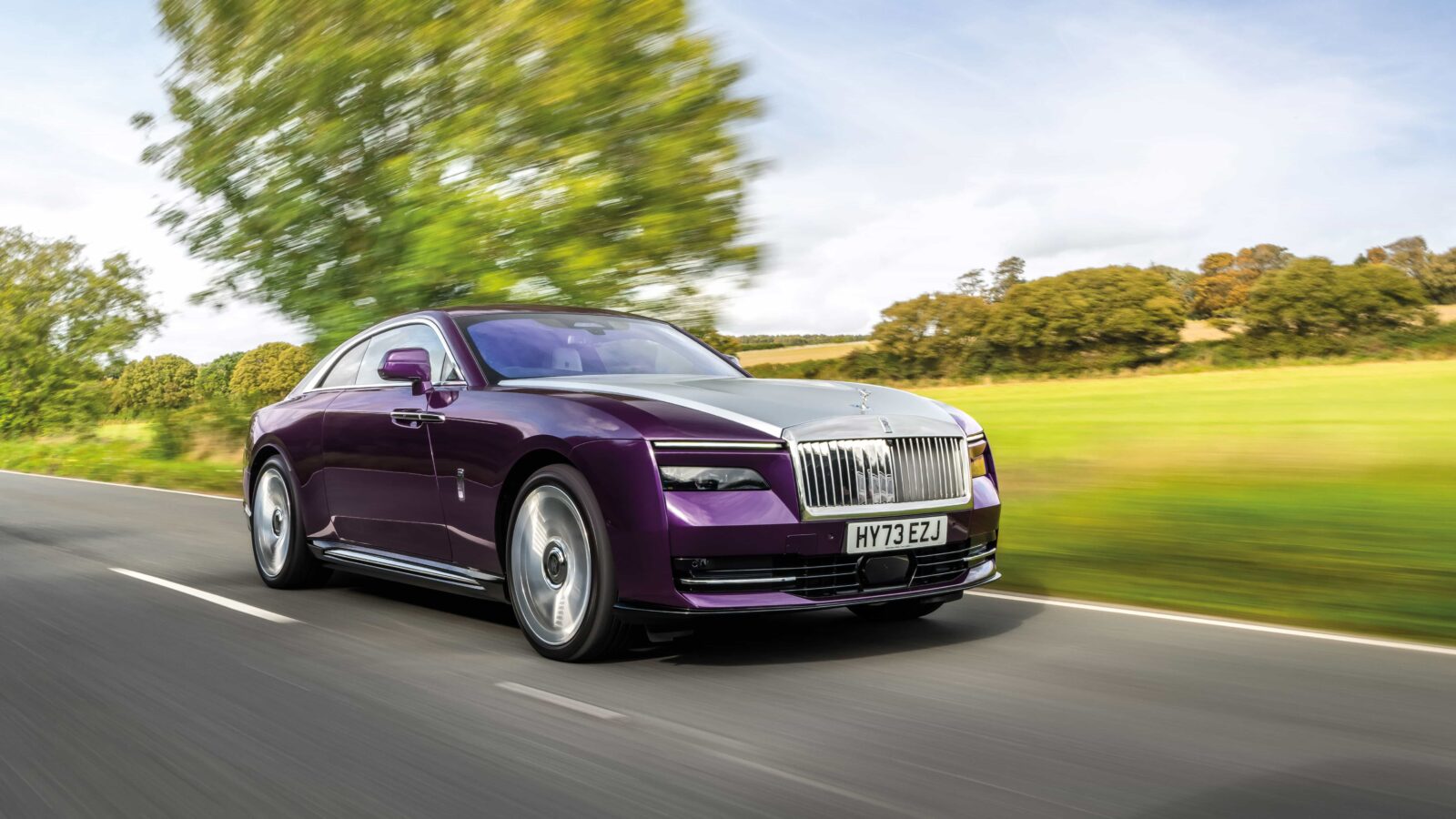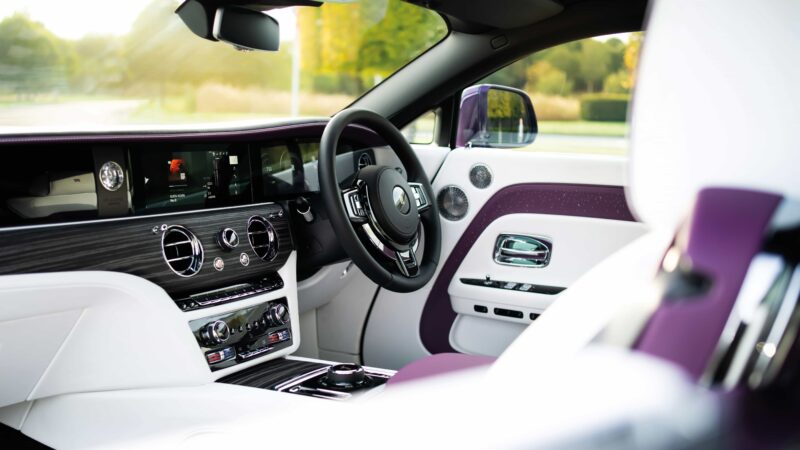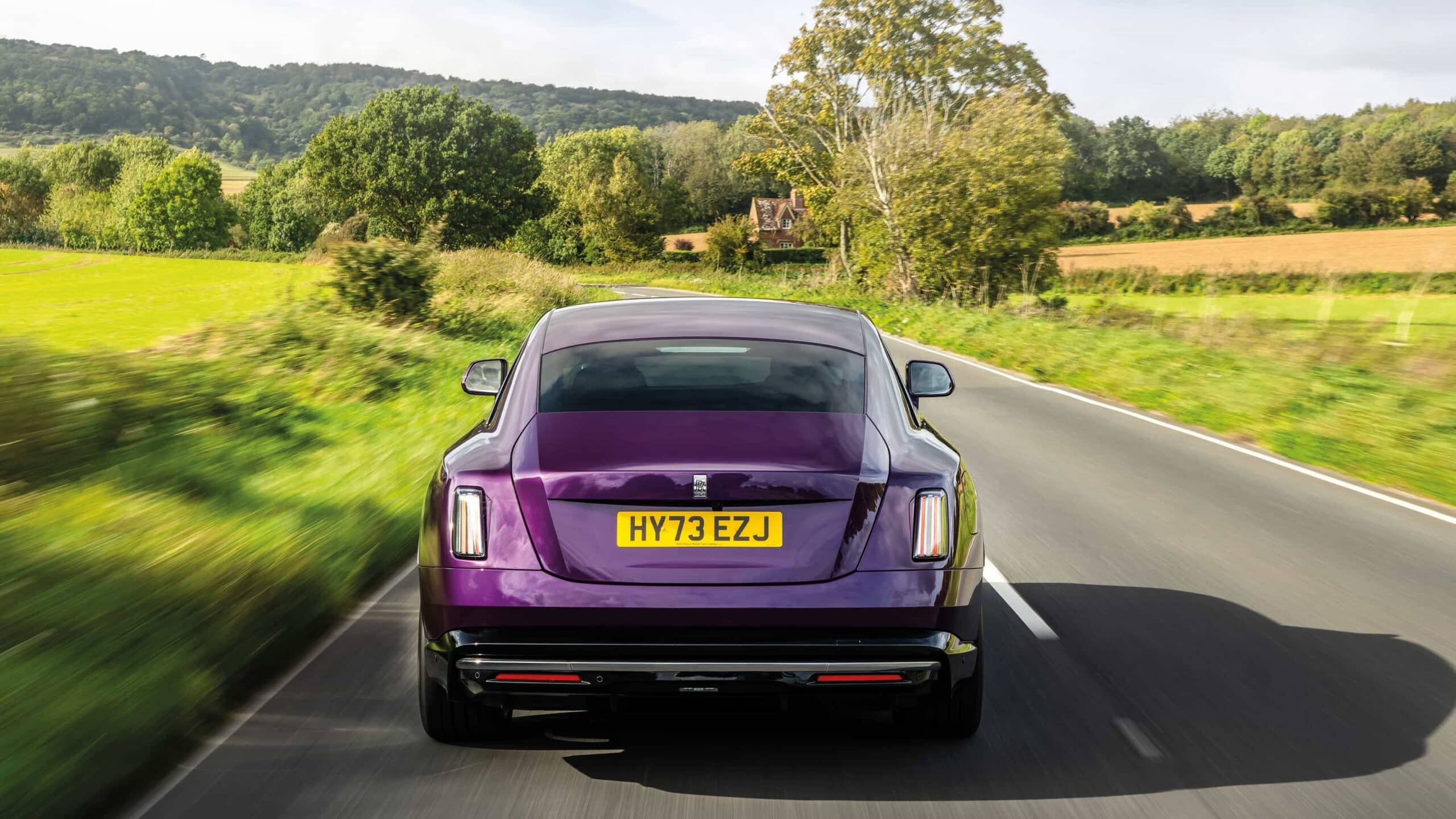2024 Rolls-Royce Spectre review: the spirit of e-cstasy
Rolls-Royce’s first all-electric car is, as you’d expect, wonderful, but as Andrew Frankel discovers, there is still room for improvement

Rolls-Royce plans to have its entire model range all-electric by 2030 – and it’s off to a typically jaw-dropping start
Back in 2011 Rolls-Royce announced that it had made an electric car. Just one, mind, to canvass the views of current and prospective customers and those of a small number of journalists. The responses were rather different. Forgive the sprawling generalisation and with apologies to any dissenting voices, but broadly speaking the media loved the car, called 102EX, for all the reasons you might expect: its torque and silence pre-eminent among them. Yes the range was limited and, of course, it would take an age to charge, but back then a Rolls-Royce was one of just seven cars owned by its average customer, so we reckoned that if the journey didn’t suit the car, they’d take something else.
Rolls’ customers thought otherwise. They didn’t want to be stuck somewhere for 24 hours while it replenished itself from a three-pin plug (or induction pad) even if they were home at the time; or, indeed, to be limited to journeys that, in the real world, would have been 100 miles at most. They weren’t that knocked out by not having a twin turbo V12 either.
“The Spectre is effortless in a way modern Rolls-Royces tend to be”
What a difference a (baker’s) dozen years makes. With three times the range and, given the right charger, the ability to fill its battery from 10-80% in little more than half an hour, the new Rolls-Royce Spectre is a rather different proposition today. It essentially replaces the two-door Wraith coupé and is based on a highly adapted version of the same platform upon which the current Phantom limousine and Cullinan SUV sit.
It’s too early to speculate on its long-term chances of success, but even those few that did find their way to new homes at the end of last year certainly contributed to Rolls posting a new all-time sales record. But often such promising beginnings are boosted by early adopters piling in at the first opportunity and time alone will tell whether that momentum can be sustained.

The next-gen Rolls retains some old-world luxuries, although purple trim on white is possibly a young man’s game
Seen in isolation however, the Spectre hits nearly all its marks. I have long thought and written that Rolls-Royce, of all car brands, was best suited to the EV treatment, not just because of the refinement and torque delivery advantages but also because no customer ever cared how much their Roller weighed. So you’d think if ever there was going to be an architecturally electrical colossus, a no-holds-barred celebration of the EV art, then this is where you’d most likely find it. Except you don’t. Its battery pack is big, but it has exactly the same 102kWh usable capacity as that in its BMW i7 stablemate. And it is equipped with only a 400v charging infrastructure, when there are Hyundais out there with 800v.
I’ve read that RR says its customers don’t want the additional weight and complexity but the truth is BMW doesn’t yet have an 800v system – it’s coming in a year or so – and it wasn’t worth developing it for a car that will sell in such comparatively tiny volumes. Even so owners will not be able to charge their Spectres at anything like the same rate as cars ranging from the Kia EV6 to the Porsche Taycan.
Maybe they won’t care, and in a car of such astonishing other qualities, I’d understand why. The ride comfort is sublime, offering a level of bump absorption unrivalled by any other manufacturer, and while the old adage about the loudest noise in a Rolls-Royce cabin being the ticking of the clock was hyperbolic nonsense all those decades ago, today the only thing preventing it being true is that its clock no longer ticks.
And despite its raffish good looks and impressive acceleration, Rolls continues to resist the urge to produce a car with even the slightest sporting instinct. It’s to the company’s credit, not least because the Spectre is still a delightful thing in which to bumble about.
True driving pleasure comes in many forms and, of course, one of them is being balanced on the edge of oblivion, treading the fine line between over and understeer in a car that changes its attitude instantly to the merest flex of a toe joint. But it is just one.
Another is seeing how far you can propel an ancient Austin up a muddy track in Wales and a third is guiding a Rolls-Royce Spectre along quiet, gently curving A-roads with little more than the thumb and forefinger of your right hand doing the driving. For despite its size, weight and softness, the Spectre’s steering is linear, accurate and able to provide unfailingly reliable outputs to your every given input – a sorely underrated component of true automotive luxury. If you – or your chauffeur – are always having to correct the bloody thing, your progress will always feel compromised, never effortless. But effortless the Spectre is, and in a way only modern Rolls-Royces tend to be. There’s nothing groundbreaking, but what new technology ever first broke cover in a Rolls? Would it be better with a genuine 400-mile range and capable of charging at over 300kW instead of not quite 200kW? Of course it would, even if it had to add a couple of hundred kilos to do it.
Is Rolls-Royce’s first EV still worthy of Eleanor Velasco Thornton’s restyled but still flowing robes on its prow? Without a shadow of a doubt. Pun entirely intended.
Rolls-Royce Spectre
- Price £332,055
- Engine Front and rear electric motors, 110 kWh
- Power 577bhp
- Torque 660lb ft
- Weight 2890kg
- Power to weight 200bhp per tonne
- Transmission Single-speed automatic, four-wheel drive
- 0-62mph 4.5sec
- Top speed 155mph
- Range 329 miles (WLTP)
- Charging speed 195kW
- Verdict Confident step to the e-future.

